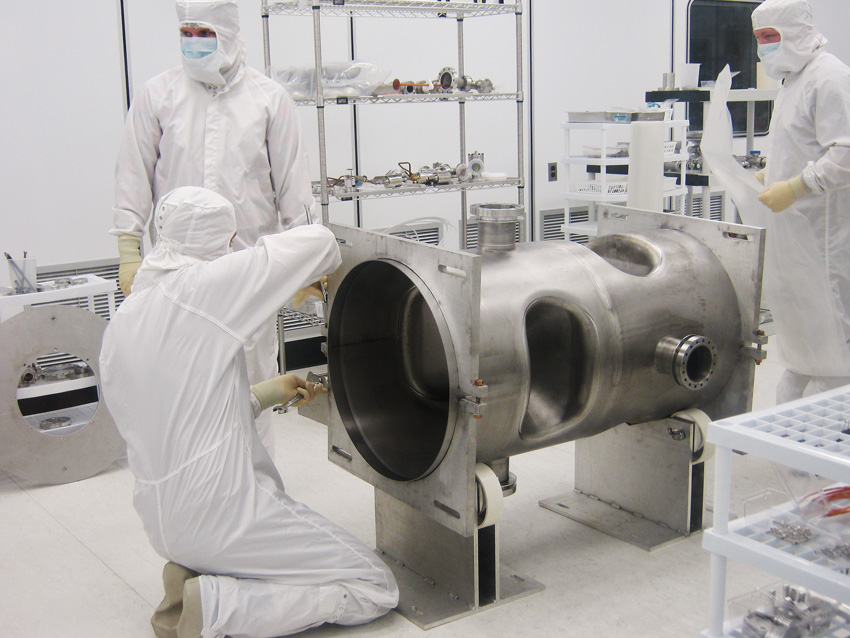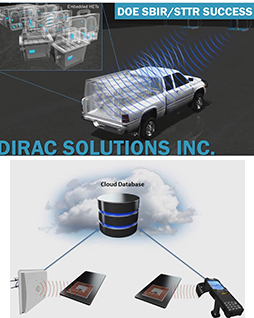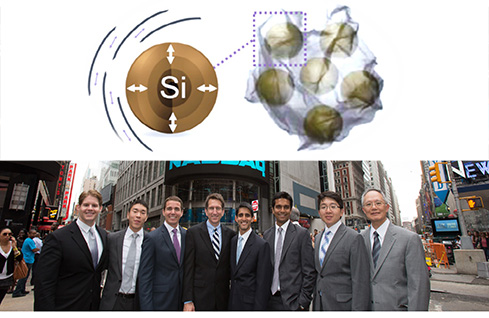Niowave Develops Production Route for Medical Radioisotopes with a Superconducting Electron Accelerator
Domestic radioisotope production enabled by advances in superconducting electron linacs funded by the DOE SBIR program.

R&D Opportunity
Over 10,000 hospitals worldwide use radioisotopes in medicine and about 90% of the procedures are for diagnosis. In the United States alone, more than 18 million people use medical radioisotopes annually for therapy or diagnostics. However, the majority of radioisotopes used in the U. S. today come from foreign suppliers. The lack of a domestic supply and current use of techniques requiring weapons grade uranium led Congress to pass the American Medical Isotope Production Act in 2013. The Act establishes a program to support domestic production of Mo-99 by non-federal entities and to phase out highly enriched uranium for medical isotope production over a period of seven years. In order for superconducting electron accelerator technology to be economically competitive with nuclear reactors and high energy proton accelerators, this technology must be reduced in size and complexity so that it is economically competitive.
Solution
Through three DOE Nuclear Physics funded Phase II SBIR projects, key advances made by Niowave are helping it develop a new way to make medical radioistopes using a super conducting accelerator. The first SBIR project enabled Niowave to demonstrate a quarter-wave superconducting electron gun, necessary for creating the high-brightness electron beam required for many commercial applictions. In 2010, Niowave became the first company in the world to demonstrate an electron beam with a quarter-wave superconducting electron gun. Emanating from a second DOE SBIR Phase II grant in 2012, Niowave became the first laboratory in the world to accelerate a charged particle beam with a superconducting spoke structure. Both the quarter-wave electron gun and spoke structures can operate at a relatively low frequency for superconducting structures, between 300 to 400 MHz. Operating at this frequency allows Niowave to use commercially available microwave sources and cryogenic refrigerators that operate at 4 Kelvin. Niowave is now producing a 40 MeV, 100 kW superconducting electron linac to produce medical radioisotopes.
These SBIR Phase II projects successfully demonstrated compact superconducting systems that use commercially available sub-systems, and have opened numerous applications including medical radioisotope production, free electron lasers, intense X-ray sources, and fast neutron sources.
Impact
The medical radiopharmaceutical market is a growing industry with roughly $3 billion in annual revenue. A majority of the current needs of this industry are met from non-U.S. production facilities. Niowave is introducing a domestic production facility that does not require weapons grade uranium. This new facility will establish a reliable domestic production capability that can quickly grow to meet the urgent national need for medical radioisotopes. In addition to creating high-tech domestic jobs, this new production technique reduces nuclear proliferation concerns by eliminating the use of weapons grade uranium for producing radioisotopes.
Contact
Jerry Hollister
Niowave, Inc.
1012 N. Walnut Street
Lansing, MI 48906
hollister@niowaveinc.com
Related Links
Highlight Categories
Program: SC-NP



